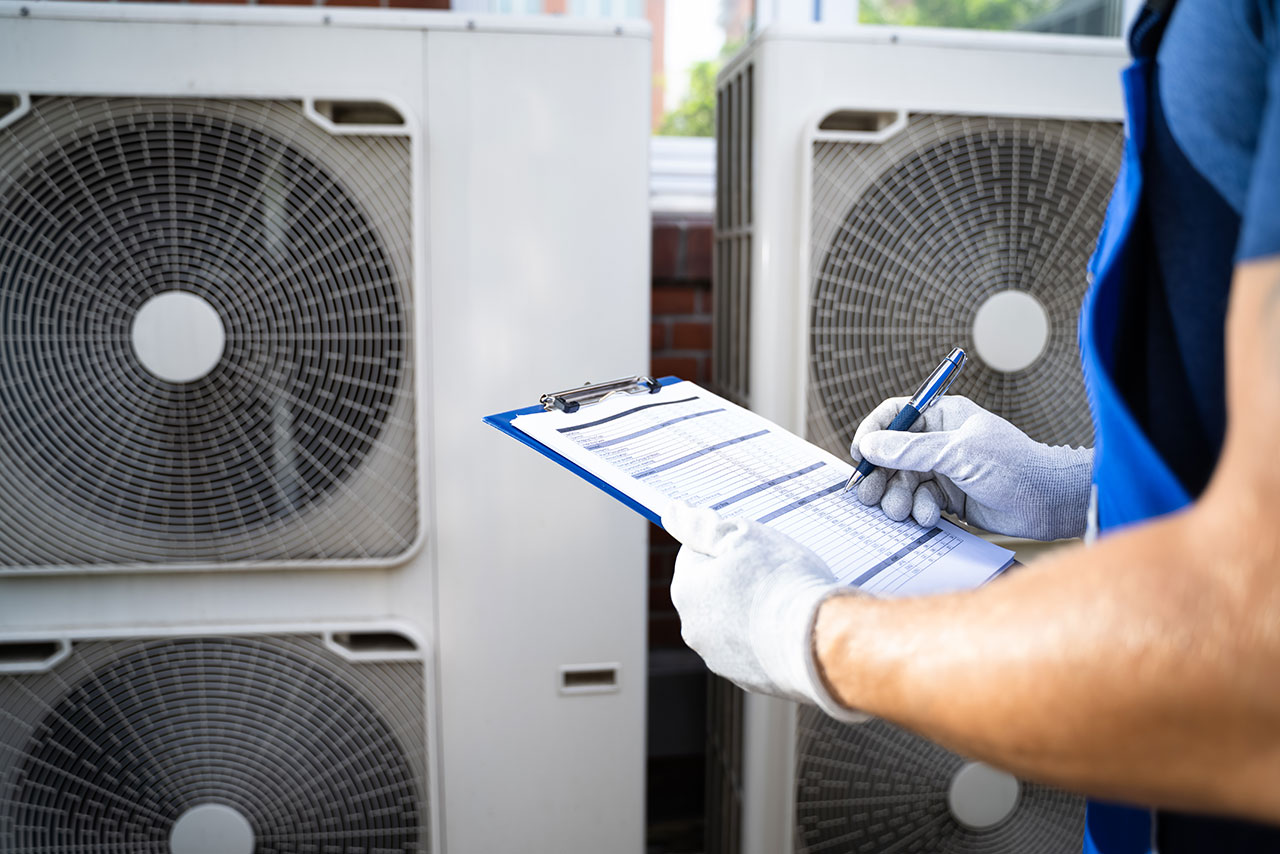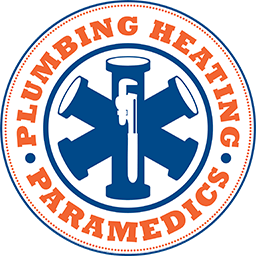
Homeowners can expect more HVAC efficiency with the new regulations that came into place from the Department of Energy (DOE). While the DOE operates out of the U.S., Canada typically follows the recommendations to harmonize the industry. This means that as of January 1st, 2023, the minimum SEER rating rose from 13.0 to 14.0 for air conditioners, and heat pumps saw a rating increase from 14.0 to 15.0. This change aligns with striving for a more eco-friendly solution for our HVAC needs.
Wait – what is a SEER rating, why does it matter for homeowners, and does this mean you’ll have to upgrade your HVAC system to meet the new requirements? Don’t worry, homeowners, we’ve got you covered. Read on to learn more about how these changes can affect future builds and system upgrades in your home.
What is a SEER Rating?
Before we get into the changes, let’s chat about SEER ratings. What does it mean?
SEER is an acronym for seasonal energy efficiency ratio. Basically, it indicates the performance of an air conditioner or heat pump and how much energy it uses. The higher SEER, the less power it takes to cool a room. With less power comes lower utility bills, usually ranging from 30-40%.
Imagine if there were no regulations: homeowners may seek cheaper models that have a detrimental impact on our environment. To protect Canadians and help them through the HVAC buying process, there are regulations in place to ensure your unit will meet the minimum standard that’s been set. The SEER rating gives you an indication of the efficiency of each unit when comparing different models.
Importance of SEER ratings
Homeowners can use SEER ratings as a measurement that affects their utility bills and reduces their carbon footprint. Air conditioners use a lot of energy in the summer months, which has a poor impact on the environment. Investing in a newer model with a higher SEER rating when exploring HVAC options allows you to enjoy the benefits of a better system.
As Canada’s testing standards and product designs evolve, so do the options for homeowners. Older models could have a SEER rating as low as 8, which can significantly impact your energy bills, maintenance, and overall efficiency. If you move into an older home, it’s possible that your system won’t meet Canada’s current standards.
This doesn’t mean you have to upgrade immediately, but it’s certainly worth considering, especially if the system wears out over time. There aren’t any rules that regulate upgrades to existing systems, but manufacturers will be halting production of older models to meet the new standards.
This means you could still buy and install a system with a lower SEER rating that’s been sitting in the warehouse, but once they’re gone – they’re gone.
2023 HVAC Regulations
Canada’s SEER ratings went up on January 1, 2023, with Amendment 17 of the Energy Efficiency Regulations. This amendment followed the changes that took place in the U.S. Not only did the SEER ratings go up, but the testing procedures and metrics have changed to meet the new standards.
The US Department of Energy adapted to a new M1 test procedure, which included an update to the minimum energy performance standards (MEPS). To support this testing method that has higher external static pressures, new terminology has been adapted to indicate the latest HVAC systems ratings with SEER2, EER2, and HSPF2.
Canada quickly adapted to this change, which means homeowners will need to pay attention to the SEER ratings and manufacture date when shopping for a new air conditioner or heat pump. Natural Resources Canada (NRCan) has also proposed that we consider making the optional -15C test point mandatory due to our climate.
Here’s what you need to know about the current changes to new systems and installations:
- HVAC professionals can install 14.0 SEER air conditioners manufactured before January 1, 2023; however, manufacturers can no longer continue production.
- HVAC professionals can install 13.0 SEER heat pumps manufactured before January 1, 2023; however, manufacturers can no longer continue production.
- Single-packaged products have to undergo the new testing method, but their SEER rating minimum remains 14.0 SEER and 8.0 HSPF.
A higher SEER rating doesn’t always mean a better system for your home. Other factors come into consideration, such as location, building size, insulation, windows, and cooling needs.
Are you ready to see a cut in your utility bills and reduce your carbon footprint? If your old HVAC system has seen better days, it may be time to consider an upgrade to a newer model. The professionals at Plumbing & Heating Paramedics can help you navigate the product selection process to find the right system that will meet your needs. Contact us to help guide you through the process and avoid option overwhelm.
What’s your current system’s SEER rating? What do you look for when comparing air conditioners? Share your experience with our readers in the comments below.
Call us at (403) 452-2911 or Book Now an appointment.
When to Call a 24 Hour Plumber
Plumbing problems can strike at any time, often when you least expect them. A leaking pipe or a malfunctioning water heater can quickly turn into a full-blown emergency that needs immediate attention. Knowing when to [...]
Effective Drain Cleaning Techniques
Maintaining clean and clear drains is vital for the smooth operation of your plumbing system. Clogged or slow drains can lead to a host of issues, including unpleasant odours, slow water drainage, and even serious [...]
How Our Emergency Plumbers Handle Urgent Repairs
Plumbing emergencies can occur without warning, causing significant inconvenience and potential damage to your home. From burst pipes to sudden leaks, these issues require prompt and professional attention. Our emergency plumbers are ready to respond [...]






